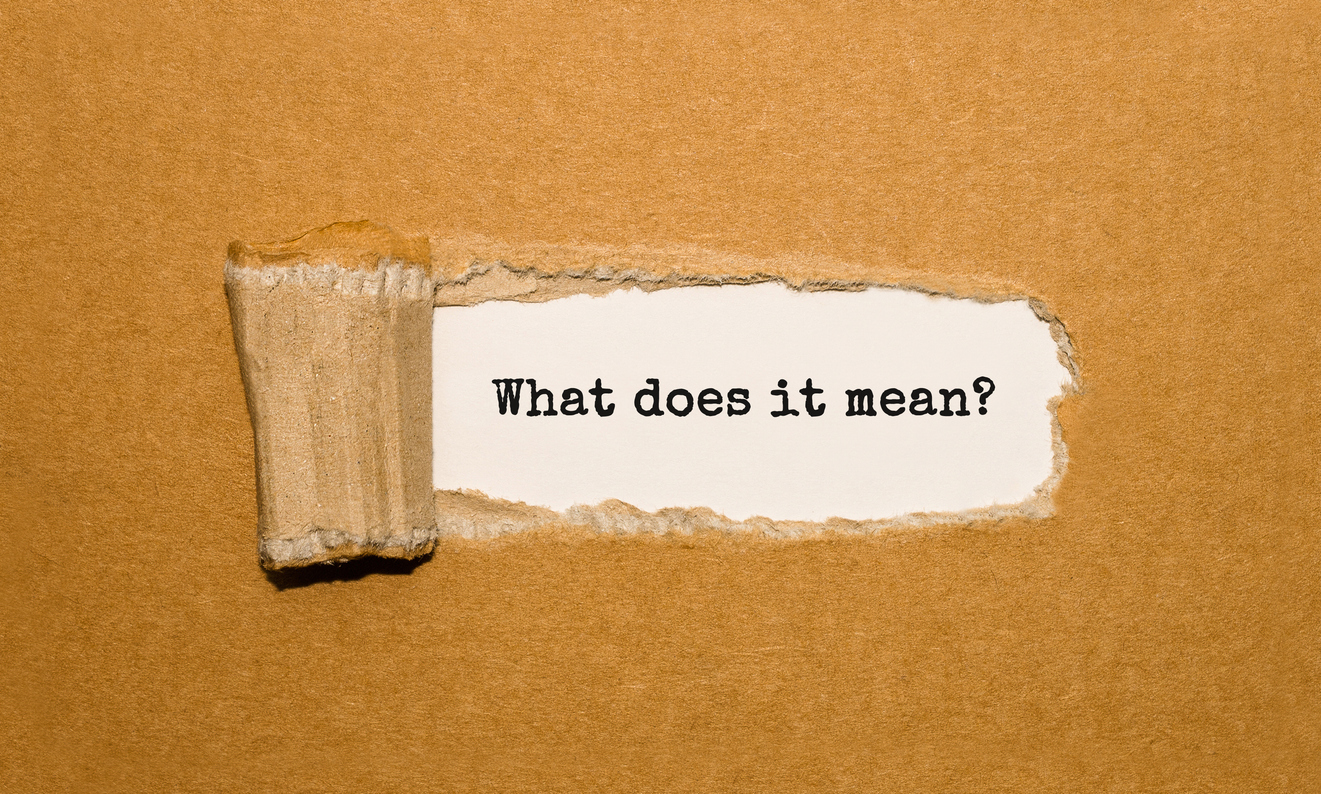“In this business it takes time to be really good – and by that time, you are obsolete” – Cher
A recent article in the Insurance Journal magazine, “Industry Faces Cyber Risks in Shift from Tangible to Intangible Property,” highlights the urgent need for new underwriting products and guidelines to keep up with the constantly evolving technology changes.
Technology has moved so rapidly that not only the insurance industry, but also business in general, is now facing a sea change in the way all types of data, including personal and corporate information, is collected and stored. How well re/insurers deal with this new reality could well determine the industry’s future course.
Coverage that excludes electronic data serves very little purpose in today’s business world. Many businesses have abandoned physical storefronts and the familiarity of face-to-face transactions and operate exclusively in the cyber world. Even businesses that operate out of physical buildings or structures no longer store information in filing cabinets, but in servers and clouds that contain crucial and, often, irreplaceable information.
The insurance industry has done little to keep with the times – the few products available to protect a business from cyber perils are archaic or obsolete. The reality is that cyber trends are fluid and fast paced. In less than 10 years, we went from paper to servers tied to cables and broadband to wireless clouds. Cyber policyholders promise privacy and protection to their customers, and they need insurance products that will respond when the unexpected occurs. But the cyber coverage products still focus on the concept of “direct physical loss” – which is like trying to fit a triangle in a square.
In the Insurance Journal article, an industry attorney explains:
One of the challenges that I think the insurance industry has in dealing with their perceptions of their modeling is taking a physical, tangible loss and transitioning how they can quantify that market and set premiums for that to an intangible loss […] when faced with such a situation it [the underwriting market] experiences a condition he described as “paralysis by analysis.” It causes people to “analyze things too much, so that they can’t come up with a recognizable and cohesive model” to enable them to determine premiums.
It’s no longer a “physical loss,” it’s a loss of information. As a result security becomes even more important. As soon as a policy is issued, the first thing the policyholder is looking for is security. But the insurers have trouble placing such policies, largely due to the uncertainty.
While businesses wait for the insurance market to get over its techno-fear, they will continue taking their battles to court. In American Guarantee & Liability Insurance Co. v. Ingram Micro, Inc., No. 99-185, 2000 WL 726789 (D. Ariz. April 18, 2000), “a wholesale distributer of microcomputer products,” purchased an all-risk property policy from American to insure against business interruption losses. The policy insured against “[a]ll [r]isks of direct physical loss or damage from any cause.” Ingram’s business operations depended solely on a computer network used to conduct daily business. A power outage caused Ingram’s computer to lose all programming information from the random access memory, and it took almost eight hours for Ingram to return to full operation due to a malfunctioning matrix switch. American argued there was no physical damage because the matrix switch and the computer had not lost the ability to accept data. Ingram argued that the term “physical damage” includes loss of use and functionality.
The trial court ruled in favor of Ingram holding:
At a time when computer technology dominates our professional as well as personal lives, the Court must side with Ingram’s broader definition of “physical damage.” The Court finds that “physical damage” is not restricted to the physical destruction or harm of computer circuitry but includes loss of access, loss of use, and loss of functionality.
The only constant thing in life is change – if we think we’re almost there, that means it is time to change again.



